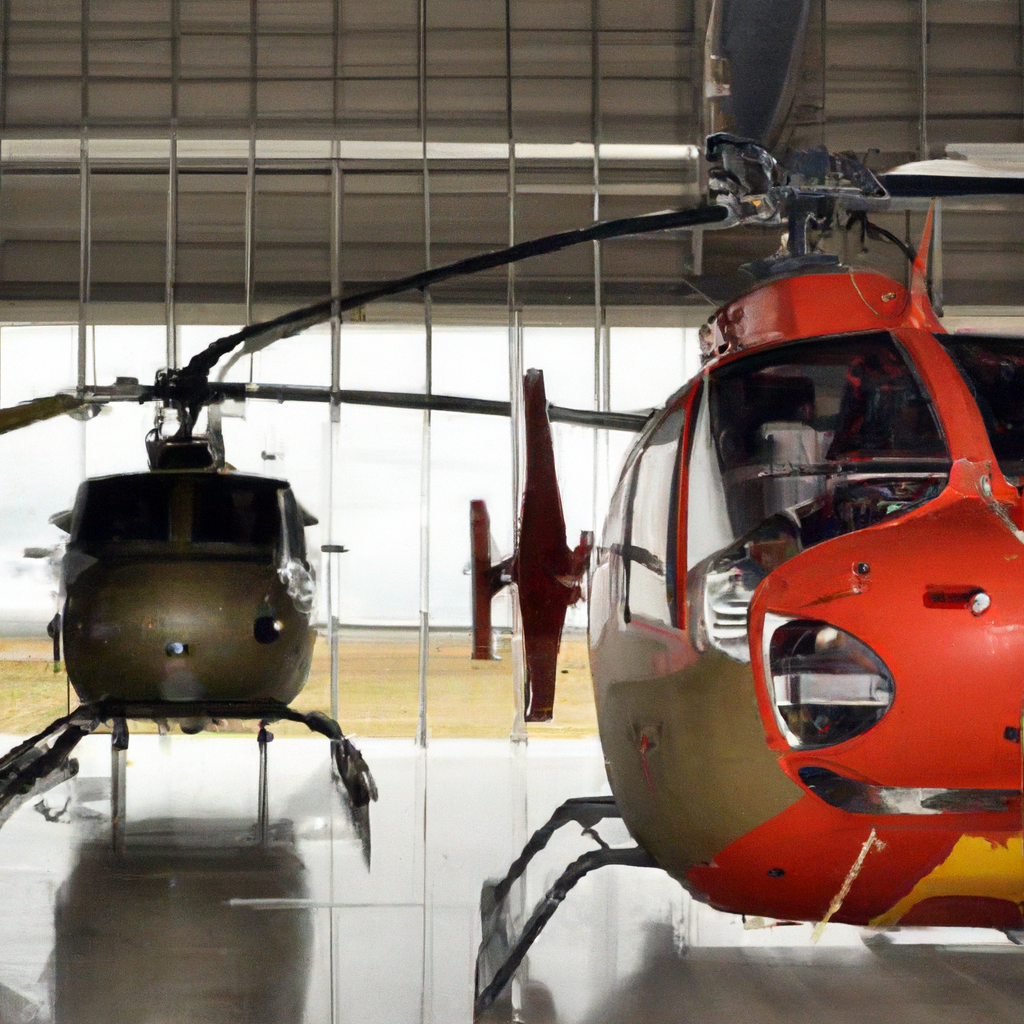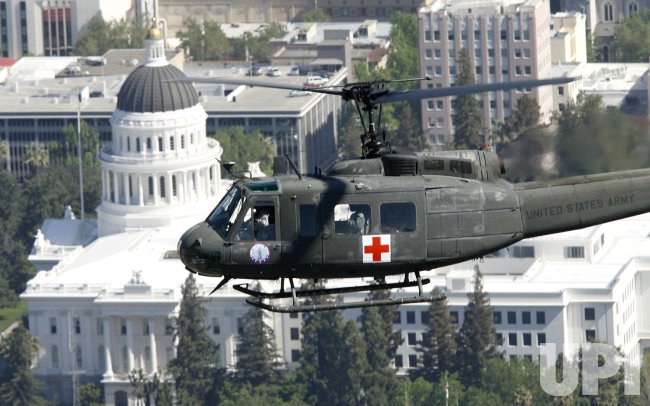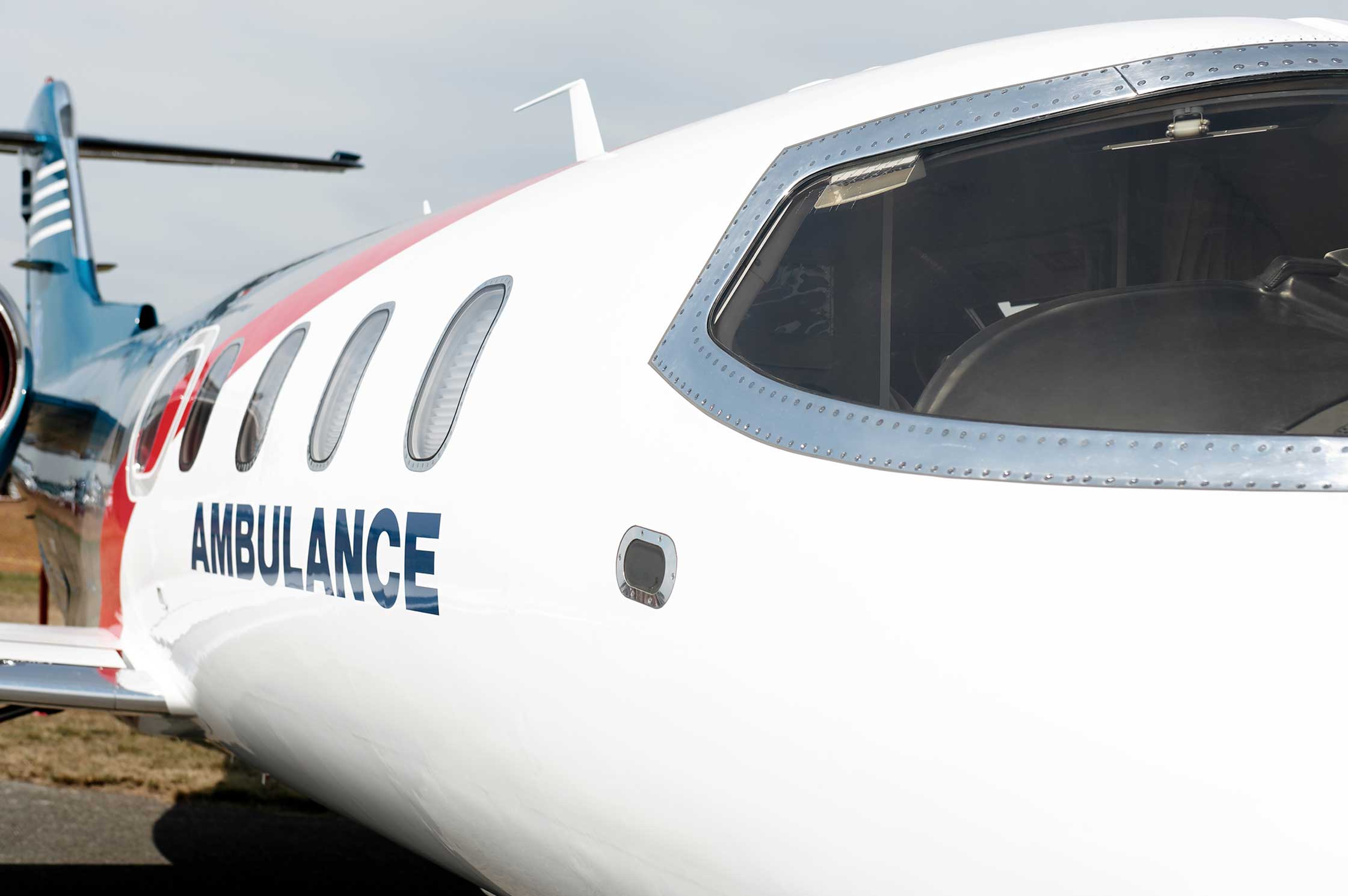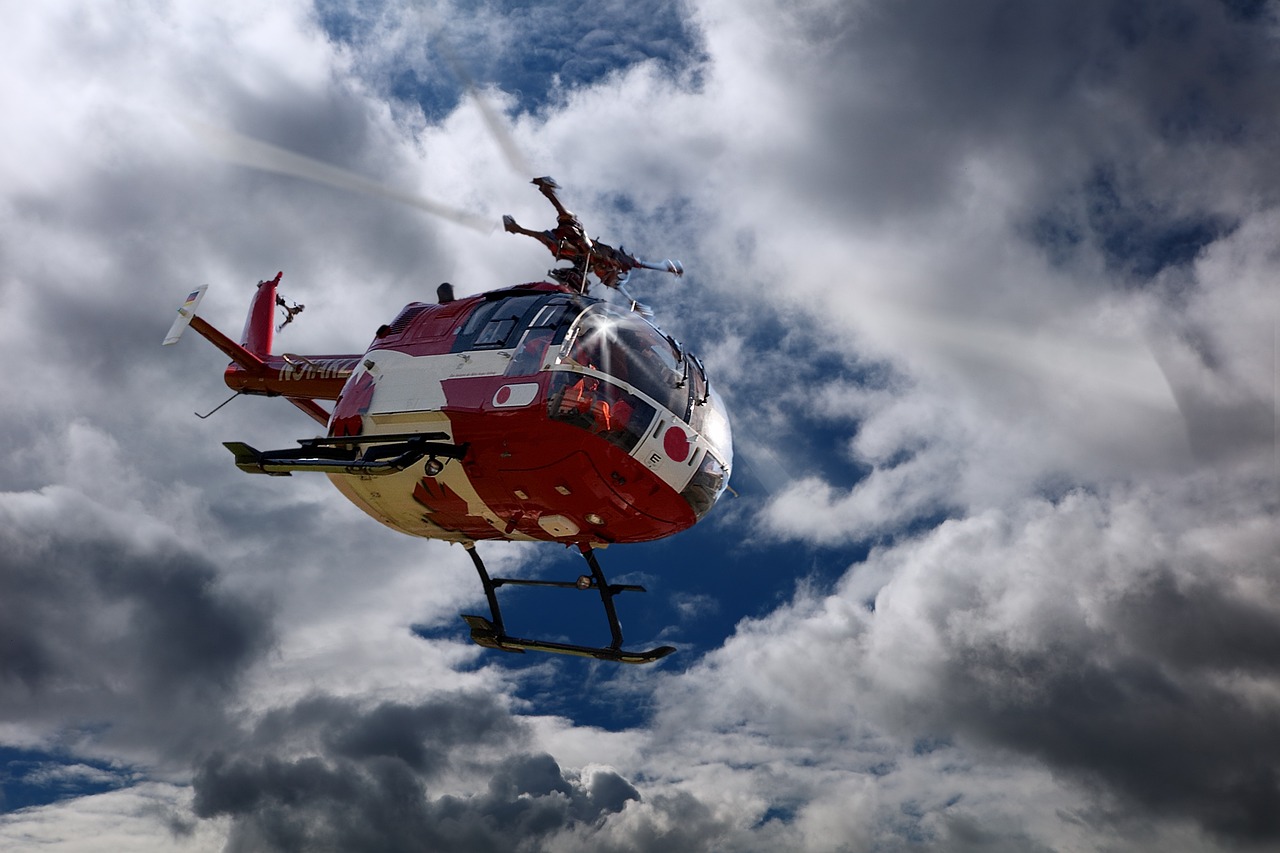Imagine being a soldier on the battlefield, wounded and in need of immediate medical attention. The situation is dire, and every second counts. That’s where military air ambulances come in – these invaluable machines are the lifeline for those in need of urgent medical care in war zones. In this article, we will explore the vital role played by military air ambulances and how they are able to swiftly transport wounded soldiers to safety and medical facilities. Get ready to dive into the fascinating world of military air ambulances and their heroic missions on the battlefield.

Medical Evacuation in Combat Zones
When it comes to providing critical medical care in combat zones, military air ambulances play a crucial role. These specialized aircraft are designed to swiftly transport injured personnel from the frontline to medical facilities, saving precious time and ultimately, lives. The importance of timely medical evacuation cannot be overstated, as immediate access to advanced medical care significantly increases the chances of survival and recovery for wounded individuals. However, operating in combat zones poses unique challenges that require specialized equipment and highly trained personnel to overcome.
Specialized Equipment and Personnel
Military air ambulances are equipped with state-of-the-art medical equipment, ensuring that injured individuals receive the necessary care during transport. These aircrafts are designed with the specific needs of medical transportation in mind, incorporating features such as stretchers, medical supplies, and advanced life support capabilities. Additionally, highly trained medical personnel are deployed on board these aircraft to provide immediate medical attention to patients while in transit. This combination of specialized equipment and personnel ensures that proper care is given to individuals in critical condition.
Types of Military Air Ambulances
There are several types of military air ambulances utilized in combat zones, each serving a unique purpose based on the specific needs of the situation. Helicopter air ambulances are known for their versatility and maneuverability, allowing them to quickly navigate through the battlefield and land in remote or confined areas, bringing medical care where it is most needed. Fixed-wing air ambulances, on the other hand, excel in long-distance medical transportation, enabling them to transport patients to specialized medical facilities that may not be accessible by ground. Tactical Aeromedical Evacuation Systems (TAAES) are deployable medical units that have the capability to transport multiple patients simultaneously and provide initial medical treatment. Lastly, Combat Search and Rescue (CSAR) missions involve the location and extraction of injured personnel from hostile environments, often conducted in coordination with ground forces.
Helicopter Air Ambulances
Helicopter air ambulances are a vital component of medical evacuation in combat zones due to their unique capabilities. Their versatility and maneuverability allow them to navigate challenging terrain and rapidly respond to emergency situations. These aircraft can quickly land in remote and confined areas, bringing medical care directly to the wounded. This ability to access difficult-to-reach locations is crucial when time is of the essence. Furthermore, helicopter air ambulances are equipped with medical capabilities on board, enabling medical personnel to provide immediate care to patients during transportation. Whether it’s stabilizing injuries, administering vital medications, or conducting life-saving procedures, these helicopters are fully equipped to handle critical medical interventions.

Fixed-Wing Air Ambulances
When long-distance transportation is required, fixed-wing air ambulances come into play. These aircraft are designed to cover vast distances quickly, allowing injured individuals to reach specialized medical facilities that may be far from the battlefield. Equipped with advanced life support capabilities, fixed-wing air ambulances ensure that patients receive continuous and appropriate medical care during their journey. These aircraft are staffed with medical professionals who are trained to handle a variety of critical conditions, making them an essential asset in the comprehensive medical evacuation system.
Tactical Aeromedical Evacuation Systems (TAAES)
Tactical Aeromedical Evacuation Systems (TAAES) are deployable medical units that play a crucial role in medical evacuation in combat zones. These systems have the unique capability to transport multiple patients simultaneously, increasing the efficiency of evacuation efforts. TAAES are equipped with medical personnel and the necessary medical equipment to provide initial treatment to patients in need. Their ability to rapidly assess and stabilize injured individuals before they are transported to more advanced medical facilities can be life-saving in critical situations. By establishing temporary medical capabilities close to the frontlines, TAAES ensure that injured personnel receive timely care, increasing their chances of survival and recovery.

Combat Search and Rescue (CSAR)
In hostile environments, combat search and rescue (CSAR) missions are conducted to locate and extract injured personnel. These highly coordinated operations involve specialized military air ambulances working in conjunction with ground forces to retrieve wounded individuals from dangerous situations. CSAR missions often take place in challenging conditions, such as enemy-controlled territories or hostile environments with limited visibility. Military air ambulances employed in CSAR operations are equipped with advanced navigation systems and specialized rescue equipment to safely and efficiently evacuate injured personnel. These missions require exceptional skill, coordination, and courage from both air and ground forces, ultimately ensuring that no soldier is left behind.
Military Air Ambulance Operations
Successful military air ambulance operations rely on integrated communication systems that enable seamless coordination between all stakeholders. Effective communication is essential for prioritizing patients based on medical urgency, ensuring that those in critical condition receive immediate attention and transport. The ability to coordinate with other military assets, such as ground troops and command centers, is crucial for efficiently executing medical evacuation plans. By working together, these various components create a well-functioning system that maximizes the chances of survival and recovery for wounded individuals in combat zones.
History of Military Air Ambulances
The origins and development of military air ambulances can be traced back to the early 20th century, with significant advancements occurring during times of conflict. Throughout history, military air ambulances have played an increasingly vital role in saving lives on the battlefield. Key milestones in the history of air ambulances include the utilization of helicopters during the Korean and Vietnam Wars, where their unique capabilities revolutionized medical evacuation practices. Over time, advancements in technology and techniques have further enhanced the capabilities and efficiency of military air ambulances, ensuring that injured personnel receive the best possible care during transportation.
Future of Military Air Ambulances
As technology continues to advance, the future of military air ambulances holds promising possibilities. One area of development is the use of unmanned aerial vehicles (UAVs), which can provide medical transportation without risking the lives of crew members. The integration of artificial intelligence in medical care is another emerging trend, offering the potential for enhanced diagnosis and treatment options during medical evacuation. Additionally, there will continue to be a focus on rapid medical evacuation, with improvements in response time and transport capabilities. These advancements will further enhance the ability of military air ambulances to provide life-saving care in combat zones, ultimately saving more lives in the process.
In conclusion, military air ambulances are the lifelines on the battlefield, ensuring that injured personnel receive timely and critical medical care. Equipped with specialized equipment and staffed by highly trained medical personnel, these aircraft play a crucial role in saving lives in combat zones. From helicopter air ambulances with their versatility and ability to access remote areas, to fixed-wing air ambulances providing long-distance medical transportation, to TAAES and CSAR handling complex situations, each type of military air ambulance serves a unique purpose. The future holds exciting possibilities for advancements in technology and techniques, further improving the capabilities of military air ambulances and ensuring continued focus on rapid medical evacuation.




